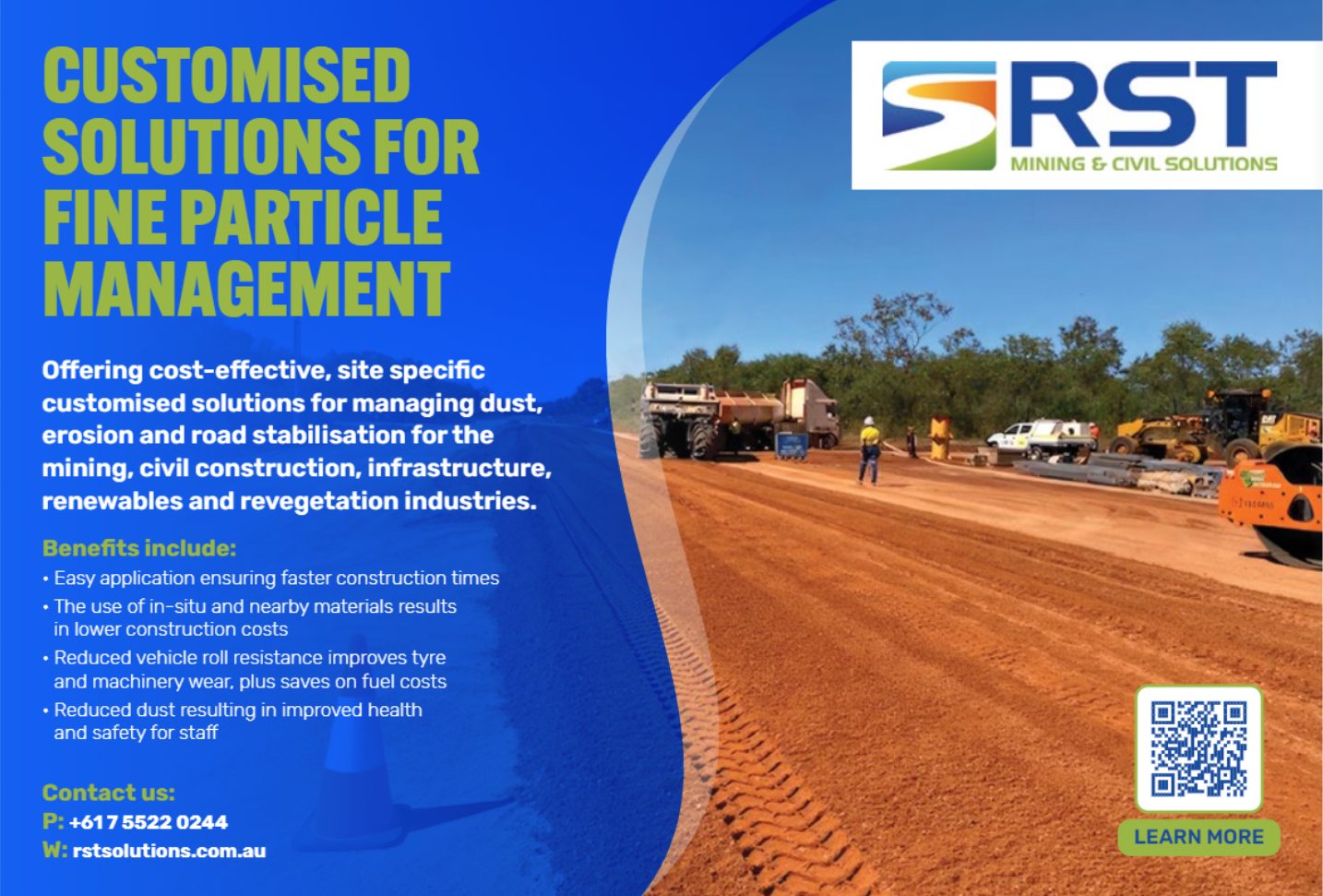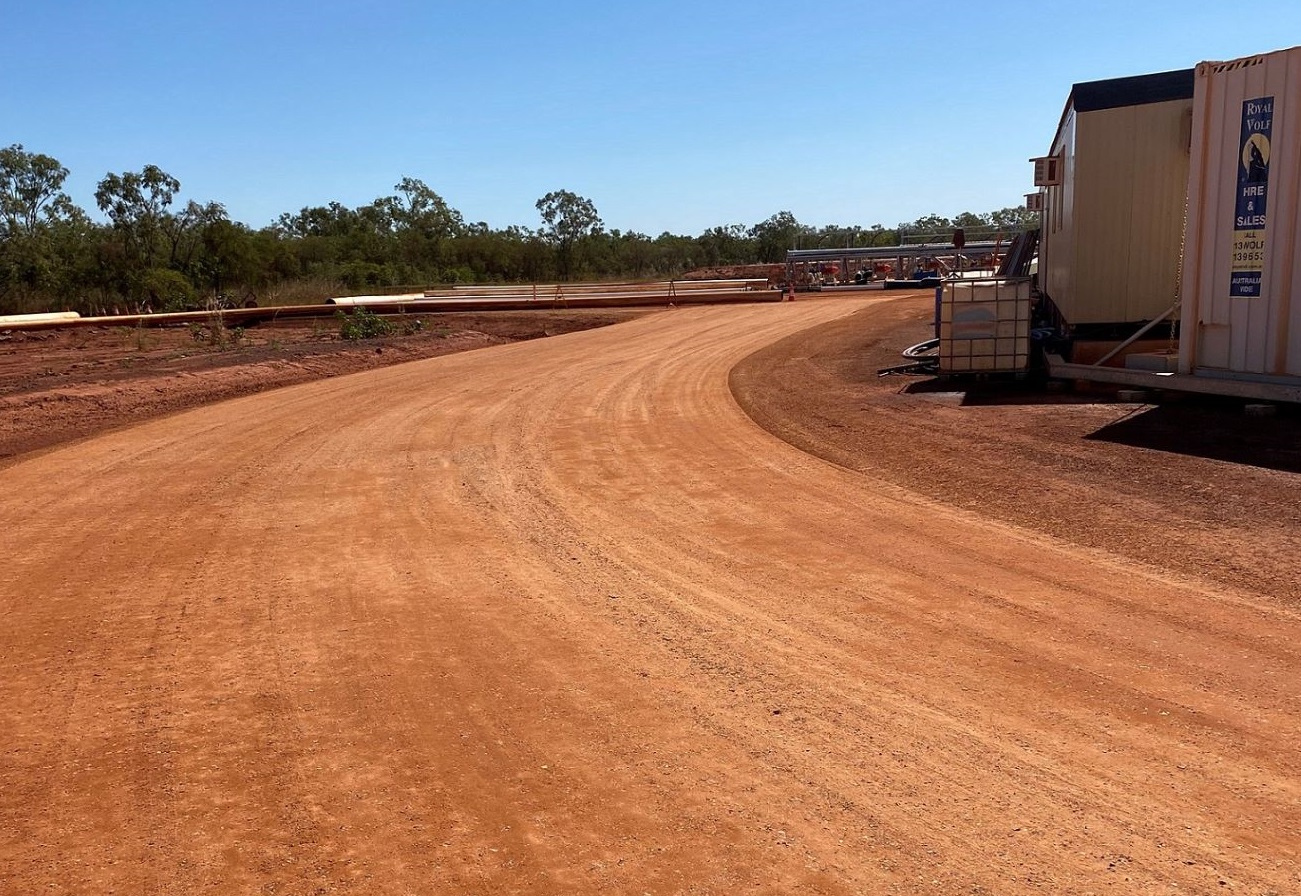Many businesses in Australia need to implement practices designed to stabilise soil at their location, and prevent it from being transported into nearby watercourses, or into the atmosphere. Limiting dust production and sediment is a legal obligation for businesses working with soil movement, including the construction and mining industries. Power supply companies may also need to disrupt the soil during their operations, so it’s important to understand what soil stabilisation is, and how it can affect your business. By following a few simple steps you can build a strategy to assist with complying with legal requirements and create a pleasant working environment for your employees.
Understanding soil stabilisation
Soil stabilisation is necessary in order to create flat services that can be used in creating buildings or road surfaces. Stabilisation is also useful to prevent fine soil from becoming airborne or waterborne, and is an environmental necessity for many companies. In order to ensure that your soil is both stable and resistant to environmental pressures such as water or wind, you need to use a variety of tools. In the early years companies used clay or cement to bind the soil to create a stable road structure. At present it is possible to use biological or chemical methods to strengthen road surfaces and stabilise soil, particularly for haul roads or major routes in and out of construction sites.
Three methods of preservation
There are three main ways in which you can use products to stable a soil surface. The methods are: chemical, polymer or waste and mechanical. The latter is the most traditional form, which means developing the soil to change its nature, sometimes physically bashing the soil into shape. The majority of soil stabilisation companies in Australia tend to offer the use of chemical solutions. This means that a material is added to the soil, mixing with it and turning the soil into something hard. Adding cement and other fixatives turns the soil into a stable surface. Kiln dust and lime may also be used in combination to secure the soil in position. Soil stabilisation chemicals are a polymer, which uses resins and other fixatives to basically glue the soil in place.



